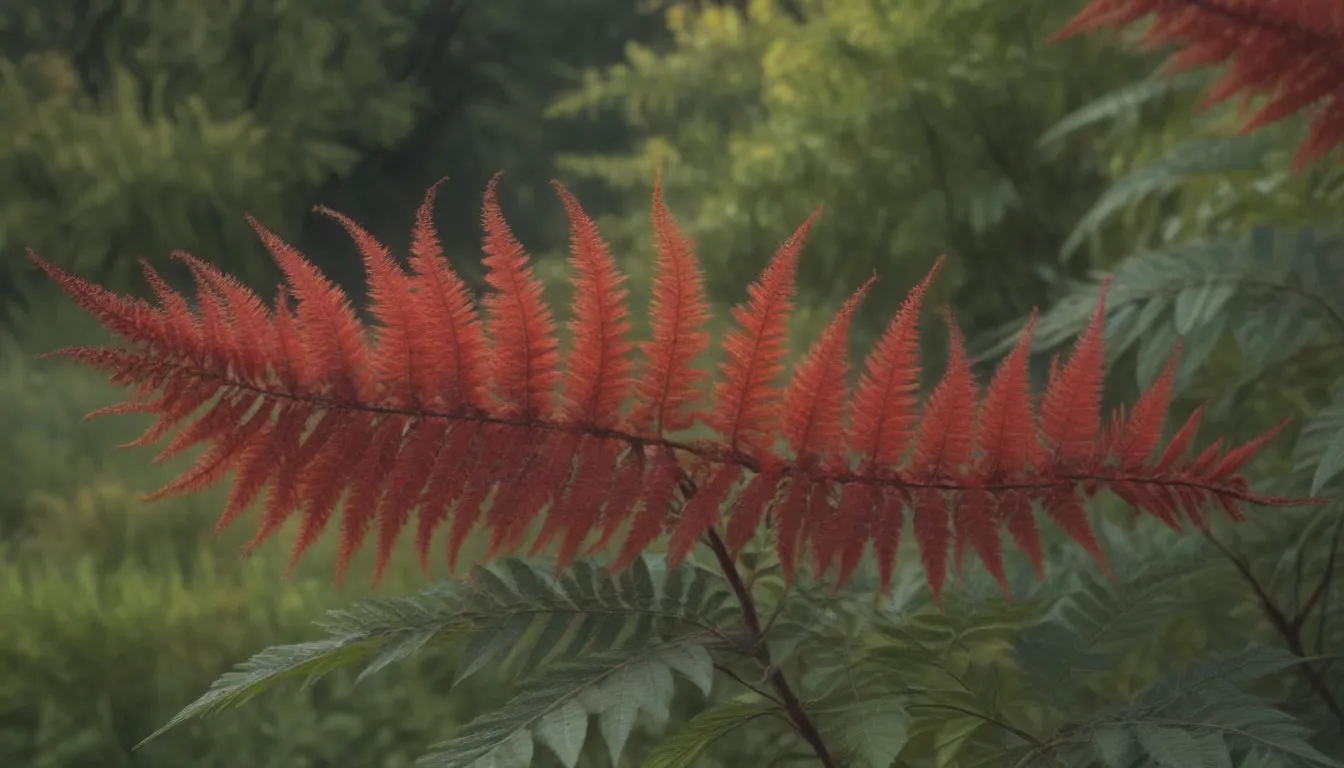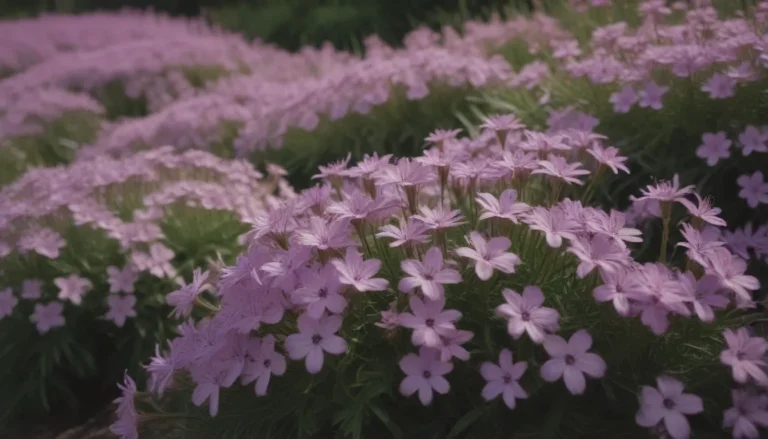Understanding the Differences Between Poison Sumac and Staghorn Sumac

Are you a nature lover who enjoys spending time outdoors exploring various plant species? If so, you may have come across the terms “poison sumac” and “staghorn sumac” in your botanical adventures. These two plants may look similar at first glance, but they have distinct characteristics that set them apart. In this comprehensive guide, we will delve into the major differences between poison sumac and staghorn sumac to help you identify them with ease. Let’s begin by exploring their family ties and botanical classification.
Family Ties Between Poison Sumac and Staghorn Sumac
Both poison sumac and staghorn sumac belong to the same botanical family, Anacardiaceae, also known as the cashew family. Interestingly, this diverse plant family includes not only these two sumac species but also other well-known plants such as cashew trees and mango trees. Despite their shared family name, poison sumac and staghorn sumac belong to different genera. Poison sumac is scientifically known as Toxicodendron vernix, while staghorn sumac goes by the name Rhus typhina. The genus name of poison sumac itself hints at its toxic nature, making it more closely related to other poisonous plants than to staghorn sumac.
Identifying Poison Sumac and Staghorn Sumac
One of the first steps in distinguishing between poison sumac and staghorn sumac is to consider their respective habitats. Poison sumac thrives in very wet areas, such as swamps, making it less likely to encounter in drier regions. On the other hand, staghorn sumac is commonly found along roadsides where the soil is dry, forming large colonies that catch the eye during the autumn foliage season. By paying attention to the habitat where these plants grow, you can narrow down your search for the correct species.
Key Differences to Look For:
-
Berries: The berries of poison sumac are white, drooping down from small stems and maturing to an off-white color in the fall. In contrast, staghorn sumac bears red berries packed tightly together in cone-shaped tufts that grow upright.
-
Leaves: Both plants have compound leaves composed of individual leaflets. However, their leaves differ in appearance. Poison sumac leaves exhibit distinct characteristics that set them apart from staghorn sumac leaves, even during the winter months when there are no leaves to observe.
-
Twigs: By examining the twigs of these plants, you can further differentiate between poison sumac and staghorn sumac. Pay attention to the characteristics of the twigs, such as color, texture, and branching patterns, to help you make an accurate identification.
Additional Tips for Identification:
- Study the overall growth pattern: Poison sumac tends to grow as a solitary specimen in wet areas, while staghorn sumac forms colonies along roadsides.
- Observe the bark texture: Poison sumac has smooth bark, whereas staghorn sumac features fuzzy-looking bark that resembles the antlers of a stag, hence its name.
By familiarizing yourself with these key features and observing them in the wild, you can confidently identify poison sumac and staghorn sumac during your outdoor excursions.
The Importance of Plant Identification
Understanding the differences between poison sumac and staghorn sumac is not only fascinating from a botanical perspective but also crucial for your safety and enjoyment of nature. While staghorn sumac poses no threat to humans, poison sumac contains urushiol, a toxic substance that can cause skin irritation upon contact. By being able to correctly identify these plants, you can avoid any potential risks and appreciate the beauty of the natural world with greater awareness.
In conclusion, the distinct characteristics of poison sumac and staghorn sumac make them unique additions to our ecosystem. By honing your observation skills and familiarizing yourself with their key differences, you can enhance your outdoor experiences and deepen your appreciation for the diverse plant life that surrounds us. So, the next time you embark on a woodland adventure, remember to keep an eye out for these intriguing sumac species and marvel at the wonders of nature. Happy exploring!





